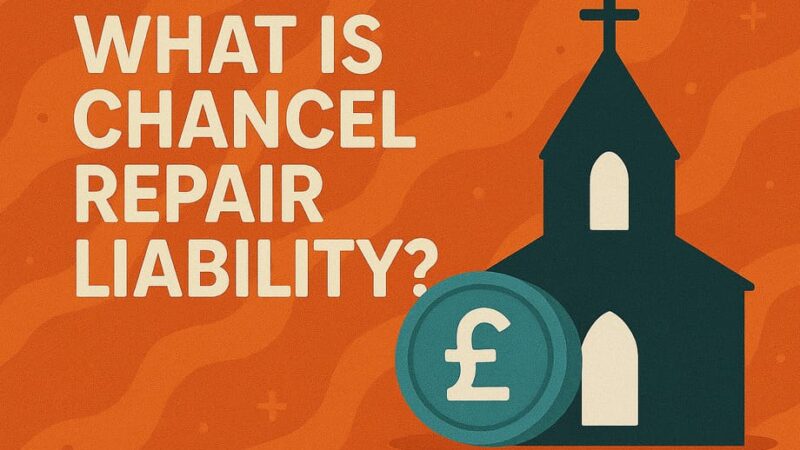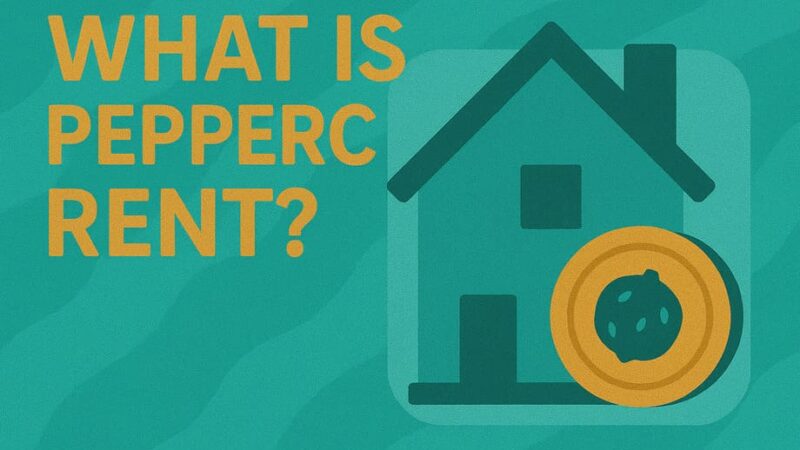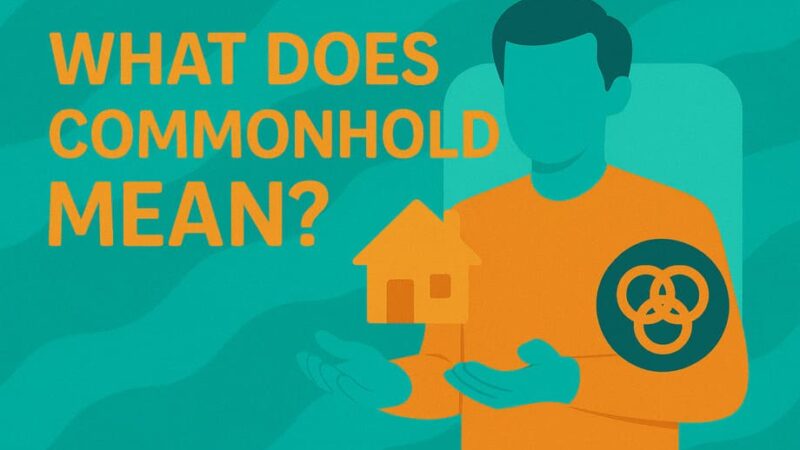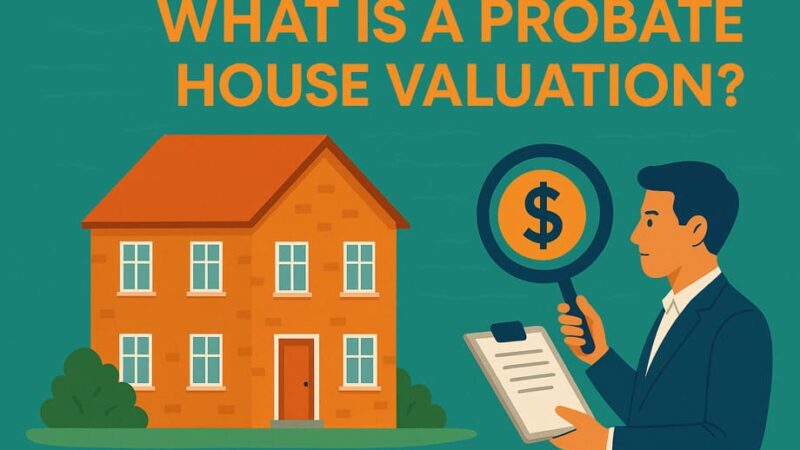Living in Woolwich Area Guide – Complete Guide to Living in Woolwich 2025
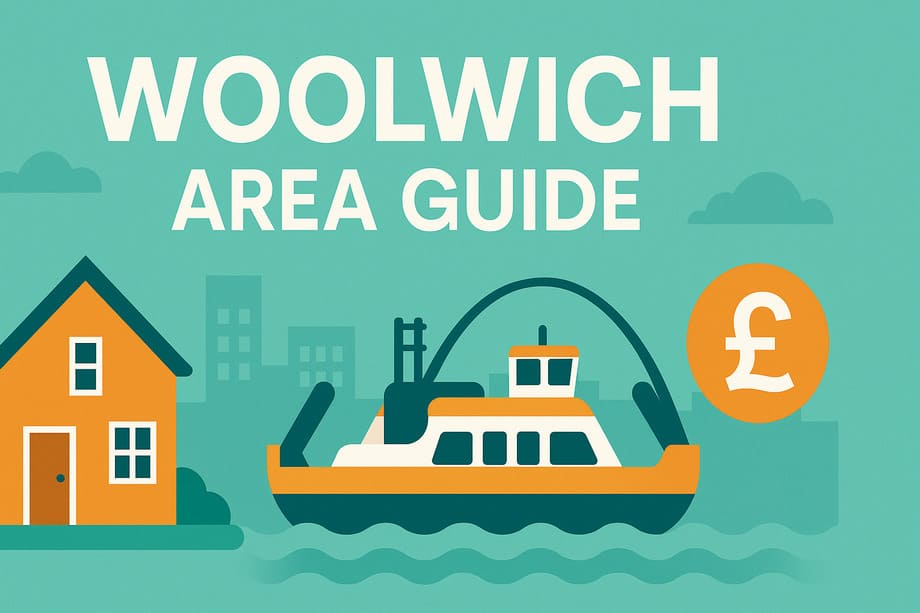
1. Introduction to Woolwich
Woolwich stands as one of London’s most exciting transformation stories, evolving from its historic military roots into a dynamic riverside community that perfectly balances heritage with modern living. Located in the Royal Borough of Greenwich on the south bank of the River Thames, Woolwich has emerged as a compelling choice for families, young professionals, and investors seeking quality of life with excellent connectivity to central London.
Location and Quick Facts
Woolwich sits on the south bank of the River Thames in southeast London, within the Royal Borough of Greenwich. It lies about 8 and a half miles east of Charing Cross and stretches along the Thames for over a mile and a half, bordering Abbey Wood and Eltham to the south.
Key Statistics:
- Distance from Central London: 8.5 miles from Charing Cross
- Transport Zone: Zone 4
- Royal Borough: Greenwich
- River Access: 1.5 miles of Thames frontage
- Major Transport Hub: Elizabeth Line and DLR connections
Recent Developments and Regeneration
Woolwich is undergoing an exciting £25 million transformation, bringing new energy to the area. A key milestone is the arrival of one of the UK’s largest urban leisure centres in summer 2025, featuring state-of-the-art fitness suites, pools, sports halls, and more.
The area has seen massive investment since the early 2000s, transforming from derelict brownfield land into a thriving riverside community. The Royal Arsenal site alone occupies 36 hectares of riverside land where over 5,000 new homes are being built, alongside new parks, squares, leisure & retail facilities.
The Elizabeth Line Revolution
The game-changing arrival of the Elizabeth Line has revolutionized Woolwich’s connectivity. Elizabeth line services have now started from Woolwich and Abbey Wood, providing high speed connections to Canary Wharf, Central London and Heathrow. With the Elizabeth Line, Canary Wharf is just an 8 minute journey away, placing residents at the heart of London’s thriving business district, while Liverpool Street is only 14 minutes away.
2. Is Woolwich a Good Place to Live?
The question of whether Woolwich is a good place to live has evolved dramatically in recent years, with the area shedding its older reputation to become one of London’s most sought-after emerging neighborhoods.
Community and Vibe
Woolwich has developed a strong sense of community that appeals to residents, visitors, and new companies alike. The area successfully blends its rich maritime and military heritage with contemporary cultural offerings, creating a unique character that’s both rooted in history and forward-looking.
Cultural Renaissance At the heart of this cultural revival is Woolwich Works, a dynamic venue set within beautifully restored historic buildings. Showcasing an exciting mix of music, comedy, dance, and theatre, it has been hailed as “London’s best new culture spot” by Time Out.
Community Character The community vibe in Woolwich is generally positive, with locals often looking out for each other. The area benefits from neighbourhood watches and community groups actively working to ensure residents feel safe and connected.
Diversity and Demographics Woolwich attracts a diverse mix of residents, from young professionals drawn by the excellent transport links and riverside living, to families seeking quality schools and green spaces, to investors recognizing the area’s growth potential.
Safety Assessment
Safety in Woolwich presents a nuanced picture that’s important to understand in context.
Crime Statistics According to recent data, Greenwich borough (which includes Woolwich) is among the top 20 safest boroughs in London. The overall crime rate in Greenwich in 2025 was 71 crimes per 1,000 people, which compares favourably to London’s overall crime rate, coming in 6% lower than the London rate of 76 per 1,000 daytime population.
Local Safety Variations Safety in Woolwich is a bit of a mixed bag. From a statistical standpoint, crime rates here are lower compared to the broader regional average. Areas near Woolwich Common and residential zones generally report lower crime rates, while busy commercial areas may see higher activity.
Community Safety Initiatives The local police force works tirelessly to keep Woolwich safe and has implemented several measures to reduce crime and anti-social behaviour in the area. Programs like “Woolwich Together” provide sessions to young people to help them understand safety and avoid conflict.
Practical Safety For most residents, Woolwich feels safe during normal daily activities. The regeneration has brought improved lighting, better-maintained public spaces, and increased foot traffic, all contributing to a greater sense of security.
3. Regeneration & Property Market
Woolwich’s property market represents one of London’s most compelling investment stories, driven by substantial regeneration investment and infrastructure improvements.
Major Regeneration Projects
Royal Arsenal Riverside The transformation of the former Royal Arsenal site represents the centerpiece of Woolwich’s regeneration. This 36-hectare riverside development is creating over 5,000 new homes alongside parks, squares, and leisure facilities, all while preserving the area’s historic character.
Woolwich Exchange Woolwich Exchange is the proposed regeneration of the land around the former Woolwich covered market between Plumstead Road and Spray Street. The development will provide 801 new homes and high quality facilities for businesses and leisure uses, including restaurants, cafes, bars and community space, as well as a five-screen cinema.
One Woolwich Programme The £398m One Woolwich programme represents a partnership between Royal Borough of Greenwich and developers to redevelop older estates in the area. Recent groundbreaking has marked construction of 766 new homes across Trinity Rise and Trinity Park developments.
Property Price Growth and Investment Potential
Current Market Performance Woolwich has experienced remarkable property price growth. Property values around Woolwich Elizabeth Line station have risen by 91% since its confirmation in 2008. Recent analysis shows Woolwich has experienced over 65% price growth following the Elizabeth Line connection, with properties ranging from £350,000-£450,000.
Comparative Value The average property price in Woolwich is 35.1% lower than the average London property price of £575,102, making it an attractive entry point for both owner-occupiers and investors. With JLL forecasting a further 19.4% rise in sales prices across London between 2025 and 2029, Woolwich investors could be well positioned for significant growth.
Investment Fundamentals Research by CBRE found that the regeneration of Woolwich and Royal Arsenal Riverside had the highest house price uplift in their study of London regeneration areas, with a premium of 7.6% from the point of realisation. Houses close to regeneration zones attract an average 3.6% more price growth per year than properties in the wider local authority area.
Rental Market Investment properties in Woolwich can expect yields of over 5.4% according to recent analysis. The combination of new residents, improved amenities, and excellent transport links creates strong rental demand from both professionals and families.
Development Pipeline
Immediate Developments Construction is underway on multiple major projects, with completion timelines spanning 2024 to 2029. The £290m housing regeneration scheme will deliver 766 new homes across Trinity Rise and Trinity Park, with nearly half being family homes.
Future Planning Woolwich is identified in the Mayor’s London Plan as an Opportunity Area (OA) with potential for 5,000 new homes and 2,500 new jobs by 2041. This official designation ensures continued investment and development priority.
4. Transport Links
Woolwich’s transport connectivity has been revolutionized by recent infrastructure investments, making it one of the best-connected areas in Southeast London.
Elizabeth Line – The Game Changer
The Elizabeth Line has transformed Woolwich’s accessibility, providing unprecedented speed and convenience for commuters.
Key Journey Times:
- Canary Wharf: 8 minutes
- Liverpool Street: 14 minutes
- Central London: Under 20 minutes
- Heathrow Airport: Direct connection
The new Crossrail station entrance opens out on to Dial Arch Square, a green space, flanked with a series of Grade I and II listed buildings, creating an attractive gateway to the area.
DLR (Docklands Light Railway)
Woolwich Arsenal DLR station provides excellent connectivity across London’s transport network.
DLR Connections:
- Bank Station: Direct connection to the City
- Canary Wharf: Easy access to financial district
- Stratford: Connection to Olympic Park and shopping
- London City Airport: Just 5 minutes from Woolwich Arsenal station
The DLR system operates with high frequency services, typically running every 3-4 minutes during peak hours.
National Rail Services
Woolwich benefits from National Rail connections through Southeastern services, providing additional options for travel across Kent and into central London terminals.
Bus Network
An extensive bus network serves Woolwich, connecting to destinations across South and East London. The bus services complement the rail network by providing local connectivity and access to areas not served by rail.
Woolwich Ferry and River Services
Woolwich Ferry The historic Woolwich Ferry provides a unique free crossing of the Thames, connecting Woolwich to North Woolwich. This service carries both vehicles and pedestrians, maintaining an important historic transport link.
Thames Clipper River bus services operate from Woolwich, providing a scenic alternative commute along the Thames with connections to central London piers.
Future Transport Developments
Transport infrastructure continues to evolve, with ongoing improvements to station facilities and potential future enhancements to the transport network as part of London’s broader transport strategy.
5. Lifestyle & Amenities
Woolwich offers an increasingly sophisticated lifestyle with a growing array of cultural, recreational, and dining options that rival established London neighborhoods.
Cultural Scene and Entertainment
Woolwich Works The crown jewel of Woolwich’s cultural offering, Woolwich Works sits within beautifully restored historic buildings and showcases music, comedy, dance, and theatre. Time Out has hailed it as “London’s best new culture spot,” hosting events from intimate performances to major productions.
Royal Arsenal Cultural Quarter A series of proposed developments on the banks of the River Thames will bring historic buildings back into use to house cultural organisations and industries, creating a new creative quarter that delivers jobs and skills opportunities.
Cinema and Entertainment The upcoming Woolwich Exchange development will include a five-screen cinema within the Grade II listed former Woolwich covered market, addressing a long-standing gap in local entertainment options.
Dining and Hospitality
Woolwich’s food scene reflects its evolving character, with a mix of established local favorites and exciting new additions.
Local Favorites:
- House of Denna: Cafe and craft events space in the Royal Arsenal
- Pizza Squad: Wood-fired pizza from a converted van
- The Visitors’ Book Café: Located in Woolwich Works, serving daily specials
- Nepalese and Venezuelan cuisine: Reflecting the area’s cultural diversity
Traditional Pubs The area maintains its traditional pub culture with establishments like The Dial Arch pub, located away from busy Woolwich high street, serving typical British food made with locally sourced ingredients.
Shopping and Markets
Woolwich Market A daily market situated near the bus terminus offers fresh produce and the opportunity to engage with local communities and independent vendors.
Royal Arsenal Retail The Royal Arsenal development includes modern retail facilities alongside the restored historic buildings, providing a mix of chain stores and independent shops.
High Street Shopping Woolwich High Street offers traditional shopping with a mix of established retailers and local businesses, though ongoing regeneration will enhance the retail offering significantly.
Green Spaces and Recreation
Despite its urban setting, Woolwich offers excellent access to green spaces and recreational facilities.
Woolwich Common Woolwich Common occupies around 60 hectares of open land and links to the wider South East London Green Chain. The common includes woodland, sports pitches on Barrack Field, and walking trails, providing a substantial green lung for recreation.
Royal Arsenal Gardens The landscaped gardens around the Royal Arsenal offer attractive green spaces with river views, perfect for leisurely walks and outdoor relaxation.
Riverside Walkway The Thames-side walkway provides scenic routes for walking, jogging, and cycling, with public art installations and river views creating an attractive outdoor environment.
Other Green Areas Additional green spaces include St Mary’s Gardens, Oxleas Wood, and Maryon Wilson Park, ensuring residents have access to nature and recreational opportunities.
Healthcare and Services
Woolwich benefits from modern healthcare facilities, with both NHS and private health practices located in the area. The regeneration has brought improved public services and community facilities.
Leisure and Fitness
The upcoming arrival of one of the UK’s largest urban leisure centres in summer 2025 will provide state-of-the-art fitness suites, pools, and sports halls, significantly enhancing the area’s recreational offerings.
6. Pros & Cons of Living in Woolwich
Pros of Living in Woolwich
1. Exceptional Transport Connectivity
- Elizabeth Line provides 8-minute journey to Canary Wharf and 14 minutes to Liverpool Street
- DLR connections to Bank, Canary Wharf, and London City Airport (5 minutes)
- Multiple transport options including National Rail, buses, and river services
- Direct Heathrow connection via Elizabeth Line
2. Outstanding Value for Money
- Property prices 35.1% lower than average London prices
- Properties ranging from £350,000-£450,000 compared to central London alternatives
- Strong rental yields of over 5.4% for investors
- Significant growth potential with 91% price increases since Elizabeth Line confirmation
3. Major Regeneration Benefits
- £25 million transformation bringing new amenities and facilities
- Royal Arsenal site delivering over 5,000 new homes with parks and leisure facilities
- Woolwich Works cultural hub established as “London’s best new culture spot”
- 801 new homes planned in Woolwich Exchange development
4. Rich Heritage and Character
- Historic Royal Arsenal with preserved Georgian buildings and industrial heritage
- Thames riverside location with 1.5 miles of river frontage
- Grade I and II listed buildings creating architectural interest
- Maritime and military history providing unique character
5. Growing Cultural Scene
- Woolwich Works offering world-class performances and events
- Emerging creative quarter attracting artists and cultural organizations
- Improving dining scene with diverse international cuisine
- Upcoming cinema complex in restored covered market
6. Green Space Access
- 60-hectare Woolwich Common with woodland and sports facilities
- Royal Arsenal Gardens and riverside walkways
- Links to wider South East London Green Chain
- Oxleas Wood and other nature areas nearby
7. Community Development
- Strong sense of community developing through regeneration
- Neighbourhood watches and community groups active
- Diverse, international population creating vibrant atmosphere
- Local businesses and markets supporting community cohesion
Cons of Living in Woolwich
1. Ongoing Regeneration Disruption
- Construction activity across multiple major sites through 2029
- Potential noise, dust, and traffic disruption from development work
- Some areas still showing signs of transition and incomplete regeneration
- Uncertainty around completion timelines for some projects
2. Limited Current Amenities
- Still developing retail and dining options compared to established areas
- No cinema currently operating (planned for future development)
- Some amenities require travel to Greenwich or central London
- Night-time economy still developing
3. Transport Zone 4 Location
- Higher transport costs compared to inner London zones
- Longer journey times to western parts of London
- Limited direct Underground access (relies on Elizabeth Line and DLR)
- Peak hour crowding on popular transport links
4. Mixed Safety Perceptions
- Historical reputation issues that may persist despite improvements
- Some areas around transport hubs can experience antisocial behavior
- Varying safety levels between different parts of Woolwich
- Need for continued vigilance in certain areas, particularly at night
5. Price Growth Pressure
- Rapidly rising property prices may price out some buyers
- Gentrification potentially displacing existing communities
- Rental costs increasing as area becomes more desirable
- Competition for properties as area gains popularity
6. Infrastructure Strain
- Transport services can become crowded during peak hours
- Local services adapting to growing population from new developments
- Parking constraints in central areas
- Pressure on local schools and healthcare from new residents
7. Weather and Location Factors
- River location can be windy and exposed
- Limited protection from Thames-side weather conditions
- Some industrial legacy issues from historical military use
- Potential flood risk considerations near Thames
Overall Assessment
Woolwich represents one of London’s most compelling opportunities for residents seeking a balance of affordability, connectivity, and growth potential. The area successfully combines historical character with modern development, creating a unique living environment that’s increasingly attractive to diverse demographics.
The pros significantly outweigh the cons for most prospective residents, particularly those who value:
- Excellent transport links to central London and Canary Wharf
- Property investment potential and value for money
- Cultural development and community atmosphere
- Access to green spaces and riverside living
The temporary inconveniences of ongoing regeneration are offset by the long-term benefits of living in an area that’s rapidly improving its amenities, infrastructure, and community facilities.
Woolwich is ideal for young professionals commuting to Canary Wharf or the City, families seeking quality housing with good schools and parks, and investors looking for areas with strong growth fundamentals. The area offers the rare combination of London living with village-like community feel, all enhanced by world-class transport connectivity and ongoing investment in cultural and recreational facilities.
Last Updated on August 21, 2025 by James Cartwright


